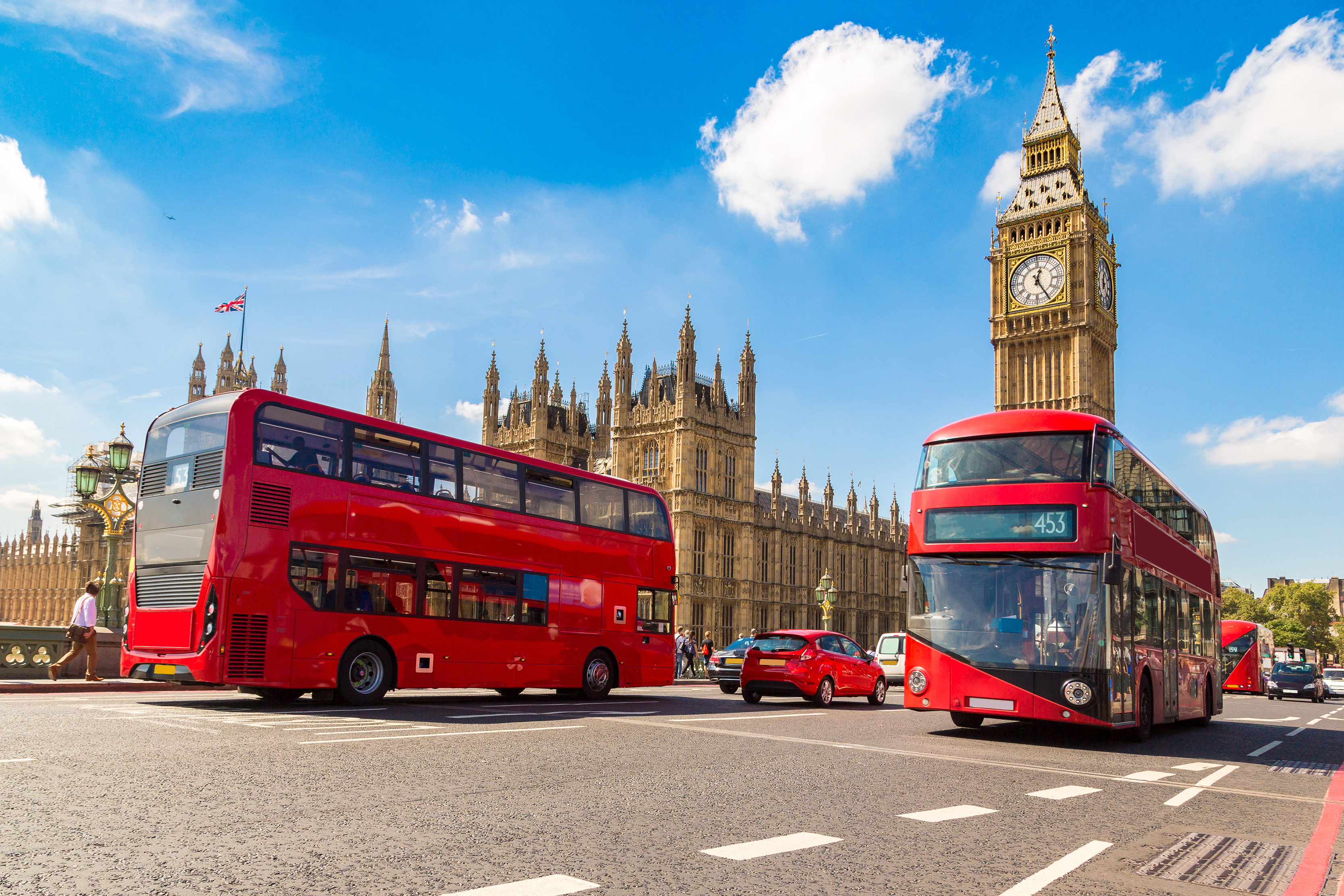London expands its successful ULEZ scheme

The Challenge
Despite recent improvements in air quality, toxic air pollution remains the biggest environmental risk to the health of all Londoners. Around half of London’s NOx emissions are from road transport. Reducing the amount of pollution from traffic remains one of the best ways of cleaning up air in London.
Around 4,000 Londoners died prematurely in 2019 because of long-term exposure to air pollution. It is a cause of cancer and increases the risk of asthma, stroke and dementia. Pollution is also stunting the growth of children’s lungs in ways that will affect them for the rest of their lives.
The purpose of the Ultra Low Emission Zone (ULEZ), introduced in April 2019, is to improve air quality in and around central London by reducing the number of older more polluting vehicles that enter the central zone. This will reduce the amount of NOx emitted, which in turn will reduce nitrogen dioxide (NO2) concentrations in the zone. Bringing London closer to compliance with the legal air quality limit values for NO2 is a key aim of the scheme.
In October 2021, the ULEZ was expanded to a much larger area of London, out to the North and South Circular roads, an area 18 times the size of the original central zone and home to 3.8 million people. With this expansion along with other measures implemented by the Mayor, London expects to meet legal limits for NO2 by 2025.
The Solution
In London ULEZ is co-ordinated by the government authority Transport for London (TfL). ULEZ operates 24/7 in inner London inside the North and South circular roads. Cars, motorcycles and vans under 3.5 tonnes need to meet the ULEZ emissions standards or their drivers must pay a daily charge to drive within the zone which is:
- £12.50 for most vehicle types, including cars, motorcycles and vans (up to and including 3.5 tonnes)
- The ULEZ standards for existing central London ULEZ and when the zone expands are:
- Euro 3 for motorcycles, mopeds, motorised tricycles and quadricycles (L category)
- Euro 4 (NOx) for petrol cars, vans, minibuses and other specialist vehicles
- Euro 6 (NOx and PM) for diesel cars, vans and minibuses and other specialist vehicles
Vehicle compliance refers to the number of vehicles that “comply” or meet the ULEZ emission standards. The ULEZ has no barriers or toll booths. Instead, cameras read vehicle number plates and check it against a database of UK-registered and non UK-registered vehicles. This tells the governing authority whether the vehicle meets the ULEZ emissions standards, is exempt, is registered for a discount, or if you have already paid the daily charge.

Making an impact
The impact of ULEZ can be assessed using a number of different metrics including:
- Air quality monitoring
- Modelling of vehicle emissions
- Number of vehicles and compliance rates
- Traffic flow data
At present reductions in air pollution concentrations are reported for locations that have air quality monitoring stations. In 2020 (once more data is available and the ULEZ has been in operation a full year) an air quality model of concentrations across London will be produced. This will further assess the improvement in air quality as a result of the scheme at all locations across London.
Any money received from the ULEZ is reinvested into improving the transport network - including its cycleways, buses and Tube - and helping to improve London's air quality.

Lessons learnt
Since the implementation of the central ULEZ, improvements in air quality within this area have been large and rapid
- There are 44,100 fewer polluting cars driving in the zone every day
- Toxic NO2 concentrations have been reduced by 44 per cent
- The number of state primary and secondary schools in areas exceeding legal limits for NO2 fell from 455 in 2016 to 14 in 2019, a reduction of 97 per cent.
- ULEZ has saved around 12,300 tonnes of CO2 emissions.
- 80% of vehicles in London comply with the ULEZ vehicle standards
Emerging recent evidence has linked air pollution with an increased vulnerability to the most severe health impacts of coronavirus. Pollution levels are now returning to pre-pandemic levels across London.








